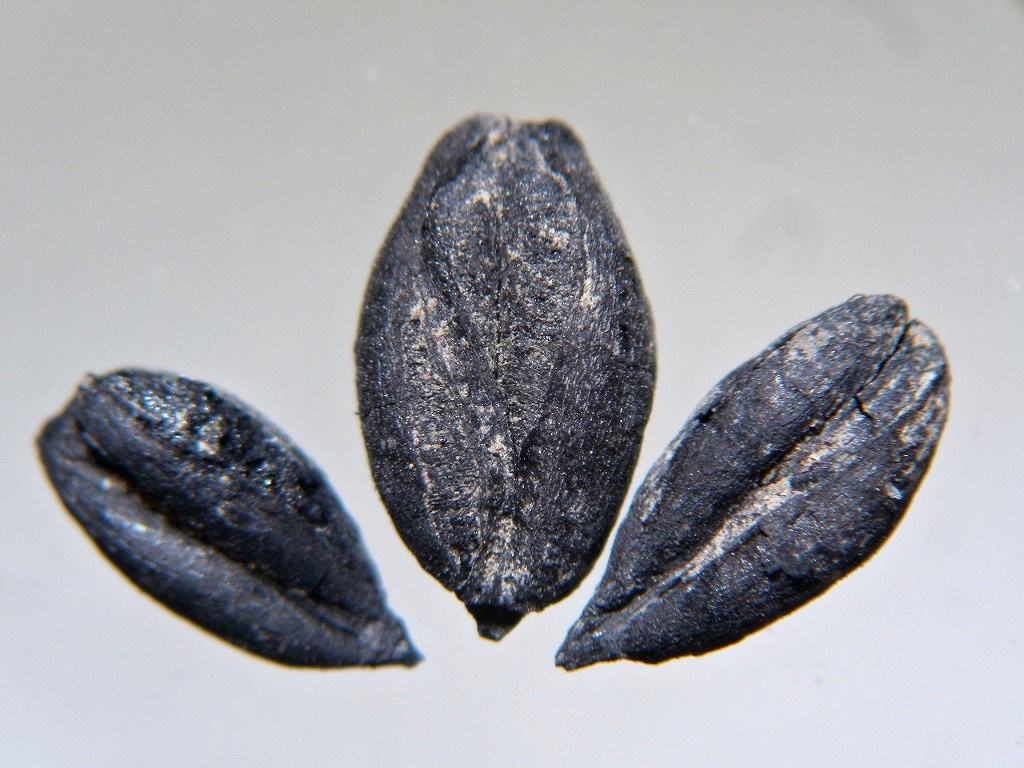Archaeobotany is the study of how plants were used by early human societies. It is an interdisciplinary field which combines archaeology, botany and anthropology to examine both the physical remains of plant use in archaeological sites as well as their cultural context within past societies. Archaeobotanical evidence allows us to gain insight into ancient diets, agricultural practices, trade networks and other aspects of daily life.
The history of archaeobotany can be traced back to the 19th century when archaeologists began using botanical data to support interpretations about past cultures. The first systematic application of this approach occurred in North America by Marshall T. Newman who studied prehistoric maize agriculture on a large scale at Cahokia Mounds near St Louis, Missouri during the 1920s and ’30s. Since then, advances in technology have enabled researchers to more effectively analyze plant remains from various archaeological contexts around the world.
Modern techniques for processing archaeobotanical samples often involve flotation—a process where seeds are separated from soil through water density sorting —as well as microscopic examination or radiocarbon dating for identification purposes . In addition, techniques such as DNA sequencing allow researchers to trace relationships between plants found at different sites or even distinguish among varieties that may have been present at one site over time .
Archaeobotanical research has played a key role in understanding subsistence strategies employed by past societies across many parts of the globe including Europe , Africa , Asia , North America and South America . For example, analysis of charred grains discovered at Çatalhöyük (a Neolithic settlement located in central Anatolia ) revealed that emmer wheat was domesticated there approximately 9500 years ago making it one of oldest known examples farming activity outside Southwest Asia . Similarly excavations conducted around Lake Titicaca (in Peru/Bolivia) yielded evidence suggesting that potatoes were cultivated thousands years before they spread throughout western hemisphere during Spanish colonial period .
Exploration into other areas such as medicinal uses plants is also increasing with discoveries being made from archaeological contexts ranging from Iron Age China Greece all way up modern day Afghanistan India These findings provide valuable information about how people interacted with their environment not only for food but medicine healing practices social rituals religious beliefs etc Overall archeology provides vital clues into our ancestors’ lives helping us understand better how humans adapted survived evolved over millennia


